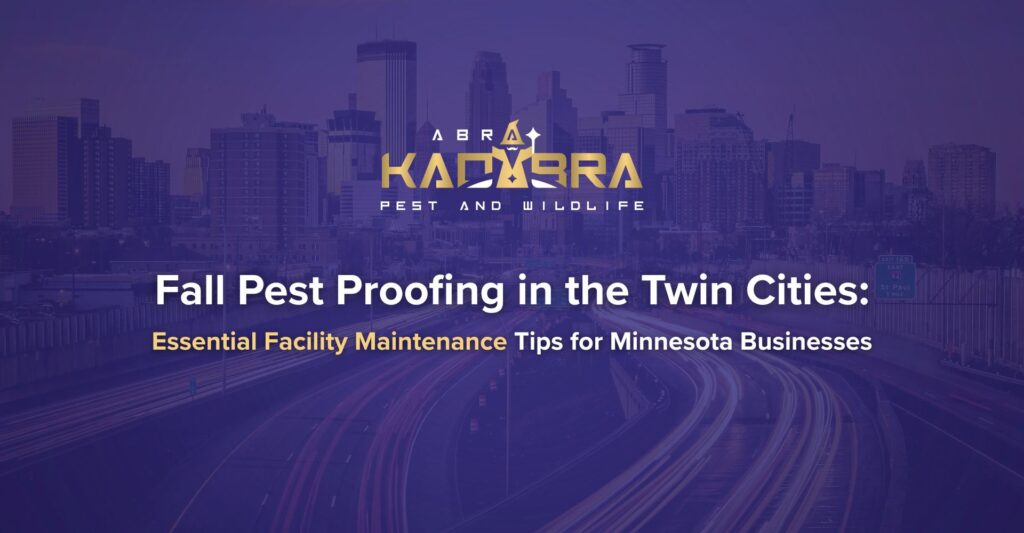As the northern Minnesota air cools and daylight hours dwindle, pests begin their annual migration indoors seeking warmth, food, and shelter. In the Twin Cities (Minneapolis, St. Paul, and surrounding suburbs) region, fall is a pivotal time to secure your facility and prevent infestations before winter arrives.
For businesses across commercial, retail, industrial, hospitality, or institutional sectors, the stakes are high. Rodent damage, insect contamination, customer complaints, and regulatory risks multiply if pests penetrate your defenses. At Abra Kadabra Environmental Services, we leverage our in-depth knowledge of Minnesota pests and green, integrated pest management (IPM) techniques to protect your property sustainably.
This guide presents localized, actionable fall pest-proofing strategies tailored to Minnesota’s climate and pest pressures.
Fall in Minnesota
Minnesota sees a sharp drop in temperatures and frequent freeze-thaws starting in late September and October. This climate shift triggers two major pest behaviors:
- Rodents seeking harbor: Mice, Norway rats, and other rodents look for crevices to overwinter.
- Insects clustering or migrating indoors: Boxelder bugs, cluster flies, ants, spiders, and occasionally stink bugs begin appearing in buildings near wall voids or attics.
Because pests are actively searching for entry points, an autumn lockdown is much more effective than reactive winter treatments. A small gap in late September can become a full-blown infestation by December.
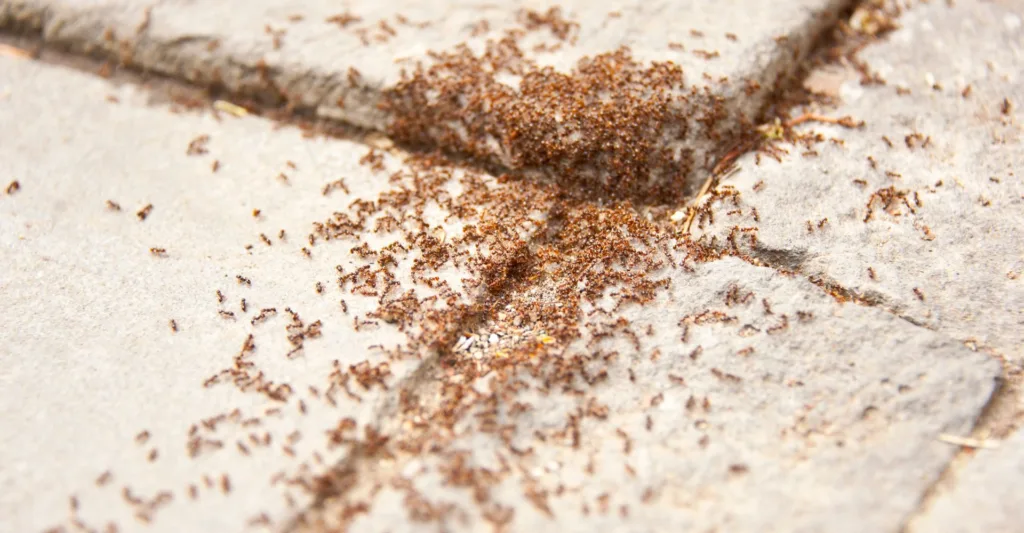
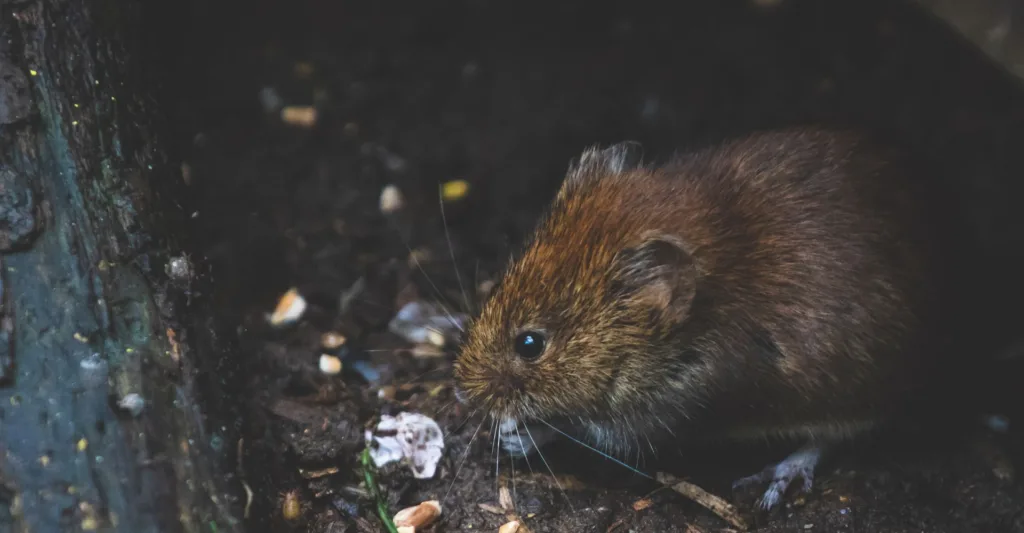
1. Exterior Audit: Seal the First Line of Defense
Begin your fall prep from the outside in. Here’s what to inspect across your St. Paul / Minneapolis metro facility:
Seal Gaps, Cracks & Wall Penetrations
Use weather-resistant exterior sealant (polyurethane or silicone) to close gaps around HVAC lines, conduit, piping, and utility penetrations.
Patch cracks in foundation, masonry, block, or siding. Minnesota’s freeze-thaw cycles worsen small cracks into larger ones if left untreated.
Use copper mesh, steel wool, or rodent-proof materials in larger gaps.
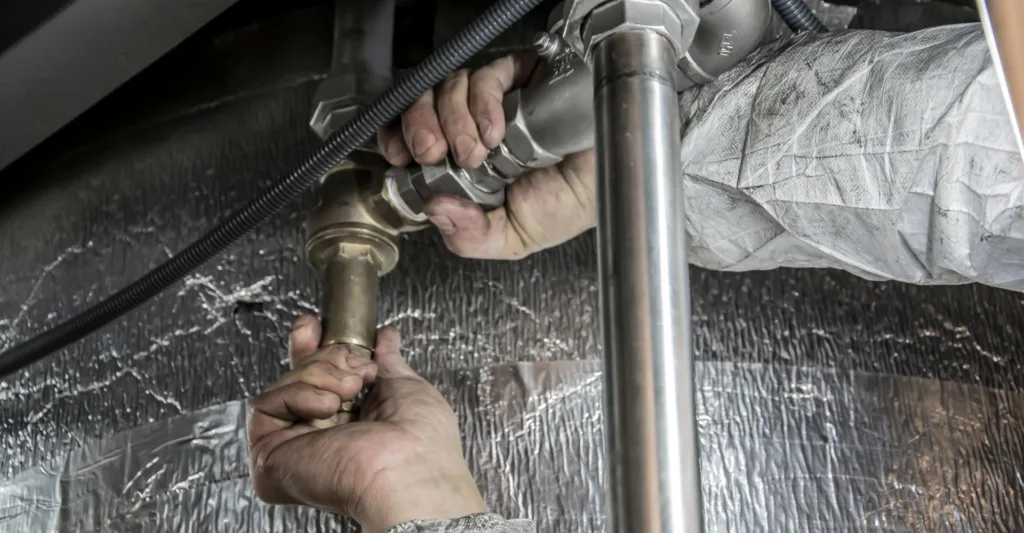
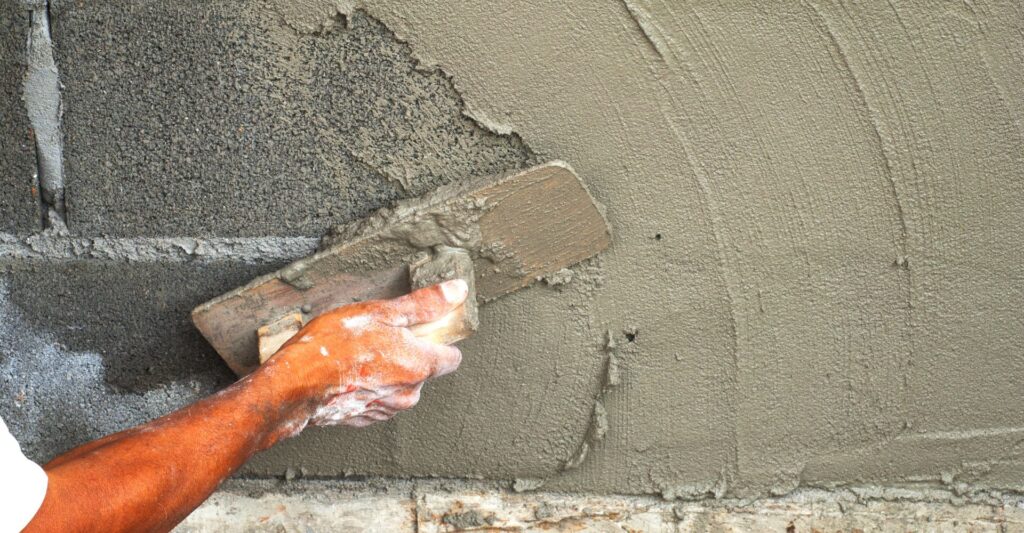
Doors, Loading Docks & Entryways
Install or repair door sweeps and weatherstripping on all doors, especially dock doors and service entrances.
Ensure exterior doors close snugly and fully, as daylight showing under the doors is a red flag.
For dock bays, consider brush seals or air curtains to reduce insect/rodent access.
Roof, Vents & Attic Openings
Inspect roof flashing, soffits, and fascia boards. Replace any deteriorated materials.
Screen attic vents, chimney chases, rooftop HVAC intakes, and turbine vents with fine-gauge metal mesh.
Remove leaf debris and bird nesting material from gutters and rooflines.
Landscaping & Drainage
Trim shrubs, trees, and vines so they remain at least 2–3 feet from the building exterior, since branches act as bridges.
Pull mulch, bark, and wood chips back from foundation walls.
Clear clogged gutters; confirm downspouts direct water 3–5 feet away from the building.
Grade the soil so that runoff flows away from the foundation; standing moisture attracts insects and rodents.
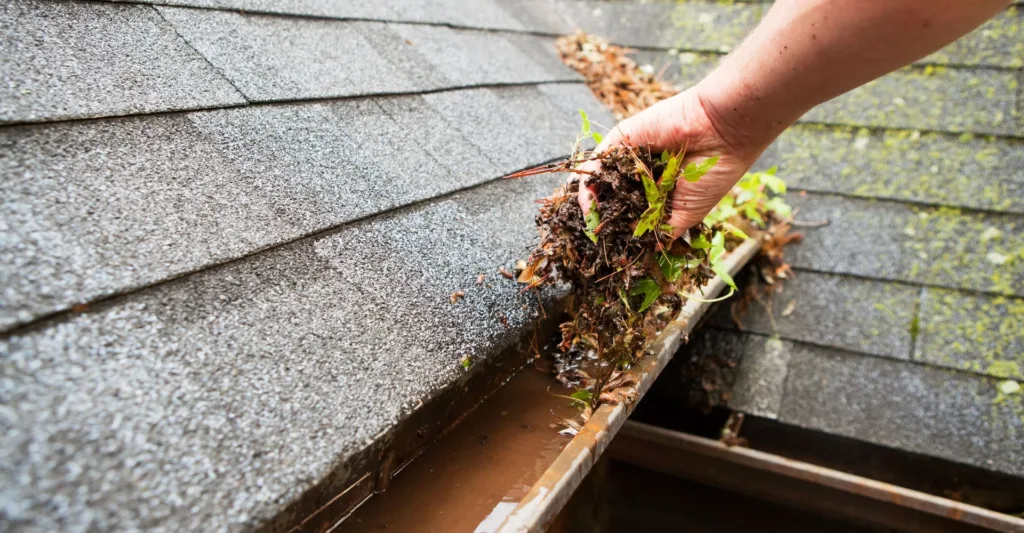
2. Interior Fortification: Where Pests Hide
After securing the envelope, focus inward on areas pests commonly infest in fall and winter.
Utility, Storage & Mechanical Rooms
Seal holes around wiring, conduits, cables, and pipes entering walls.
Elevate stored materials off the floor (6–12 in) and maintain spacing from walls.
Inspect beneath, behind, and above heavy machinery, boilers, HVAC units, etc.
Maintain ambient dryness, since Minnesota’s high humidity and condensation can create favorable microclimates.
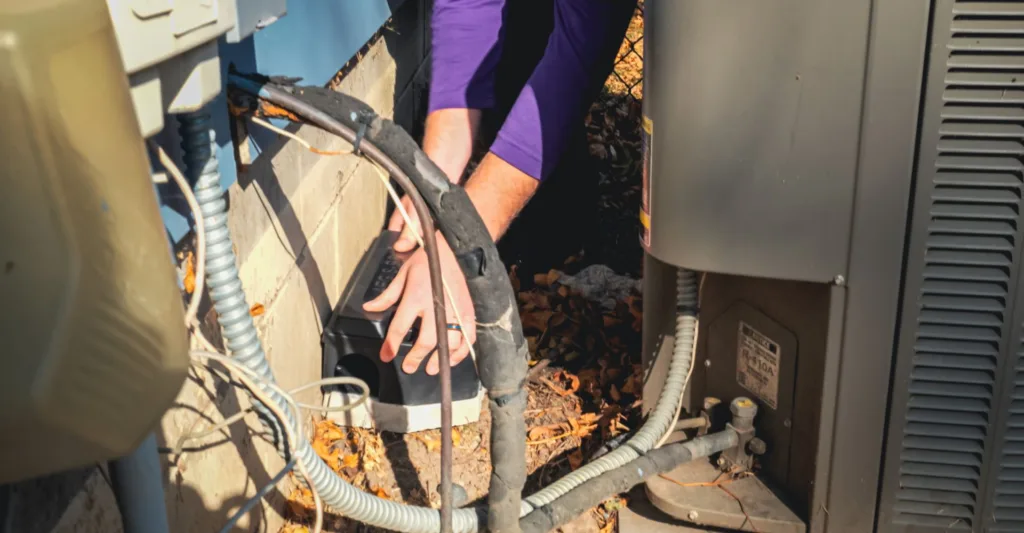
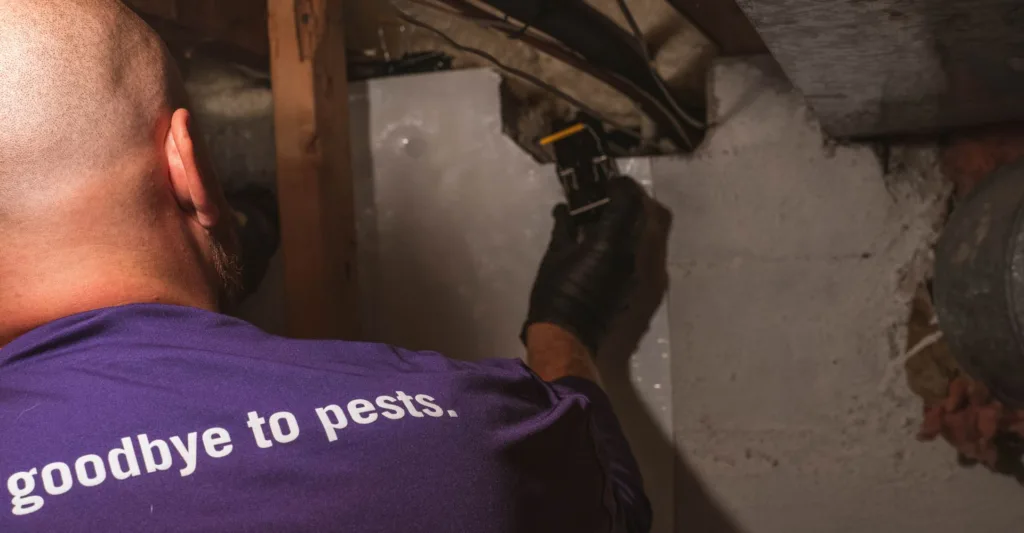
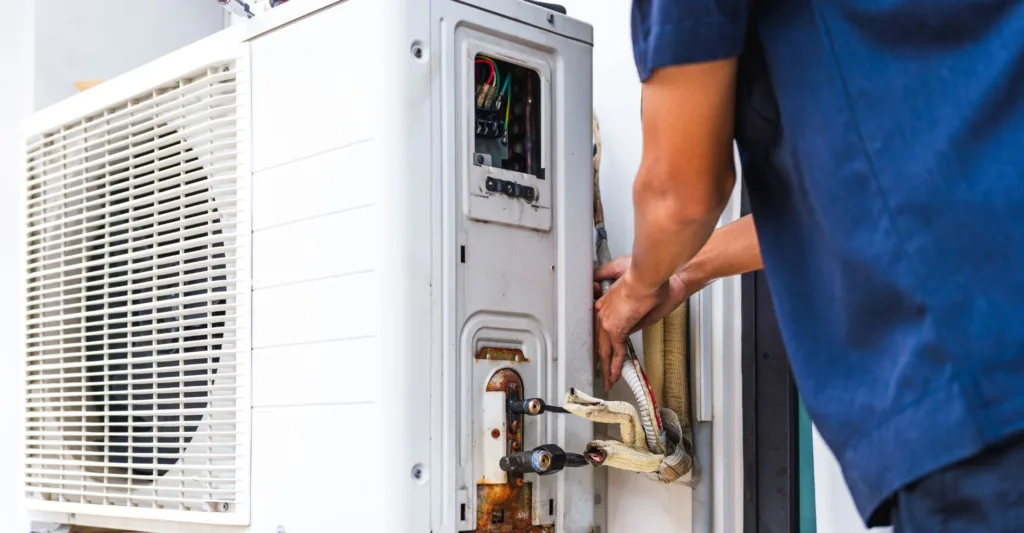
Kitchens, Breakrooms & Food Prep Areas
Deep-clean under and behind ovens, refrigerators, ice machines, drains, and dishwashers.
Repair leaks in plumbing immediately; even slow drips sustain insect life.
Use sealed, rodent-resistant food storage containers (metal bins or heavy-duty plastic).
Ensure trash containers are at least 6 in off the floor and emptied regularly.
Crawl Spaces, Basements & Ceilings
Seal access hatches or gaps in ceiling tiles and above drop-ceiling systems.
Remove debris, trash, or clutter in basements that provide harborage.
Monitor humidity: install dehumidifiers or improve ventilation where condensation is present.
3. Structural & Seasonal Maintenance
In Minnesota, seasonal shifts and weather extremes demand targeted repair work.
Repair Exterior Weather Damage
Patch deteriorating masonry, brick joint work, or concrete spalling.
Monitor and repair cracks from frost heave (freeze-thaw).
Inspect sections near foundations and retaining walls.
HVAC, Ductwork & Exhaust Systems
Clean and inspect all air intakes, exhaust vents, and duct flanges.
Repair or reinstall damaged vent screens.
Inspect rooftop HVAC units for gaps, gaps in the curb, or access panels that may admit pests.
Plumbing & Electrical Penetrations
Seal gaps where plumbing or electrical lines enter buildings using non-chewable materials.
Use rodent-resistant grommets or collars.
Replace worn seals or gaskets to prevent moisture intrusions that draw pests.
4. Sanitation & Waste Management (Especially Important Near Minneapolis–St. Paul)
Because pests require food and water to survive, managing waste properly is fundamental.
Interior Hygiene Protocol
Implement daily cleaning routines for floors, corners, and hidden areas.
Clean drains (including floor drains, sink drains, and grease traps) periodically with eco-safe enzyme cleaners.
Remove cardboard boxes promptly, since cardboard is often repurposed by rodents as nesting material.
Disinfect lunchrooms, break areas, and high-touch zones.
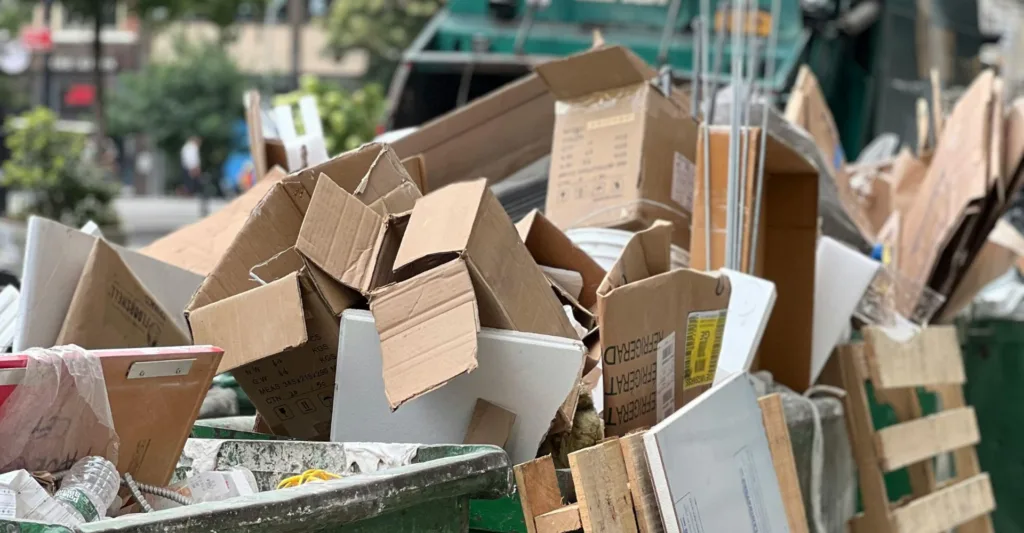
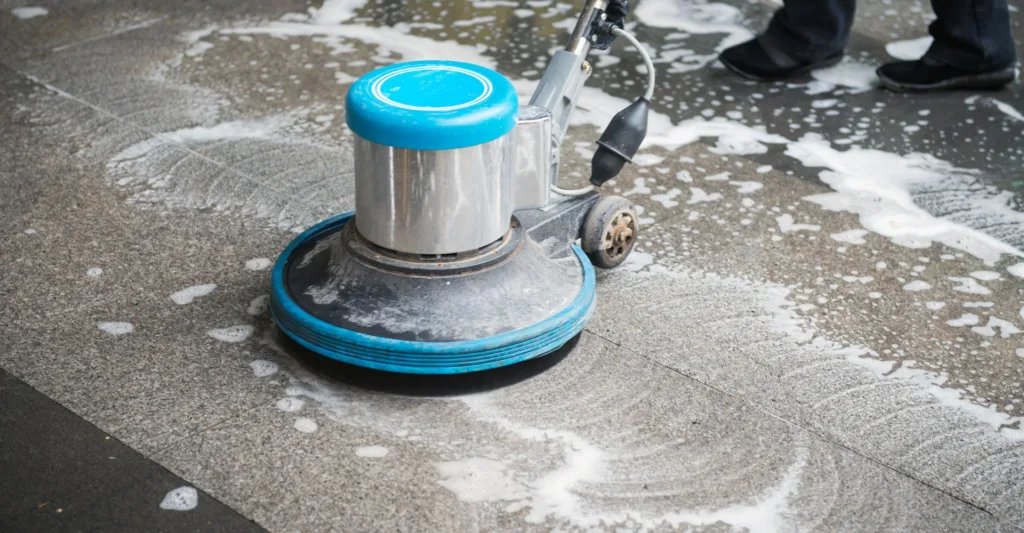
Exterior Waste Controls
Use commercial dumpsters with tight-fitting lids (preferably metal).
Keep dumpster areas clean: hose down pads, remove spilled debris, and sanitize weekly.
Position dumpsters at least 20 feet from the building shell when possible.
Seal the compactor panels and ensure there are no gaps around the doors.
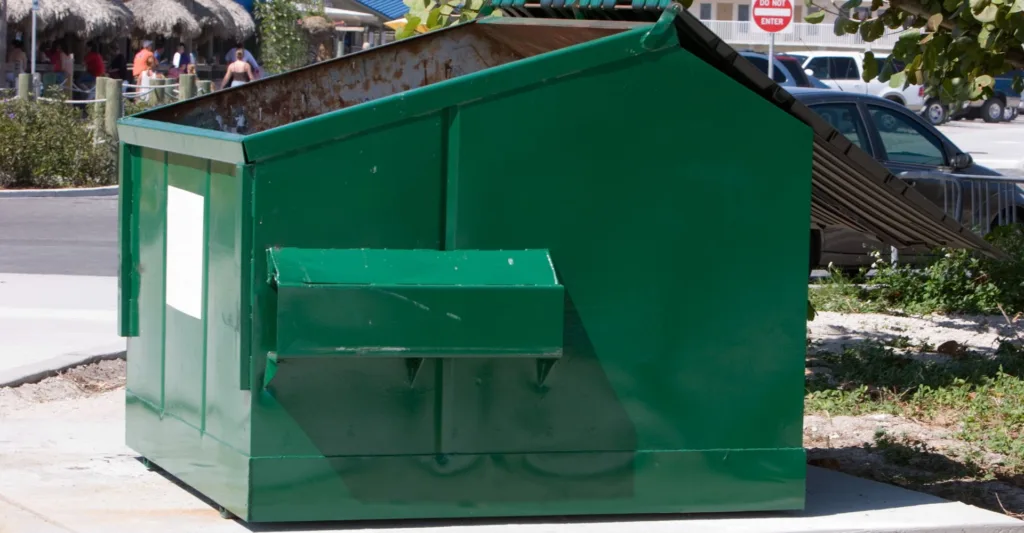
5. Integrated Pest Management (IPM): Smart, Sustainable Control
Abra Kadabra Environmental champions IPM, an approach that emphasizes prevention, monitoring, and minimal chemical use.
Pre-Winter Professional Inspection
Schedule a fall inspection with our Minneapolis–St. Paul’s team. We’ll:
Walk the whole facility, inside and out
Identify structural vulnerabilities
Map pest-prone zones
Recommend exclusion, mechanical, or treatment solutions before populations escalate
Monitoring Tools & Devices
Deploy rodent bait stations along exterior walls and internal zones
Use glue boards or traps in utility, storage, and mechanical rooms
Install insect light traps in hallways, stock rooms, and service corridors
Leverage remote or digital monitors in sensitive or hard-to-access zones
These devices alert you to pest pressure before visible signs appear.
Staff Training & Policy Alignment
Educate your maintenance and operations staff on pest indicators (fecal droppings, gnaw marks, nests, insect activity).
Establish a straightforward internal reporting process, as rapid reporting enables quicker mitigation.
Align your pest control partner’s schedule and protocols with your seasonal maintenance cycle.
6. Industry-Specific Considerations in the Twin Cities
Different business types in Minnesota have unique exposures during the fall:
Food & Hospitality (Restaurants, Hotels, Event Venues): focus on walk-ins, dry storage, waste zones, and back-of-house corridors.
Retail & Grocery: inventory rooms, back doors, and shelving zones need sealing and monitoring.
Healthcare & Senior Living: patient and common areas, linen rooms, and HVAC pathways are critical zones.
Industrial/Warehouses: Docks, pallet storage, voids, tall ceilings, and dock seals require extra attention.
Offices & Commercial Complexes: focus on break rooms, utility chases, ceiling voids, and building entrances.
7. Maintain a Documentation & Seasonal Checklist
Good recordkeeping helps compliance, continuity, and trend spotting.
Document every inspection, repair, seal, and treatment
Track pest activity trends and devices triggering alerts
Keep service reports from Abra Kadabra on file
Use a fall checklist (e.g., “Seal all ground-level penetrations,” “Inspect roof vents,” “Deploy new bait stations”)
Review and refine your strategy annually based on outcomes
8. Emergency Response & Winter Contingency Planning
Even with thorough prep, pests may still test your defenses, especially during cold snaps.
Keep our Abra Kadabra Emergency Pest line on hand
Establish approval procedures for after-hours work or site access
Identify sensitive areas (food prep, storage, public zones) that need rapid response
Plan for temporary barriers, isolation zones, or scheduled re-inspections
Sample Fall Pest-Proofing Timeline for Twin Cities Businesses
Timing | Task | Responsible Party |
Early September | Exterior audit, seal structural gaps | Maintenance / Building Engineer |
Mid September | Deep cleaning of kitchens, waste areas, and drains | Janitorial / Facilities Staff |
Late September | Install/replace monitoring devices, engage pest partner for a walk-through | Pest Control & Facilities Coordinator |
October | Roof, gutter, and downspout maintenance | Roofing / Exterior Services |
October–November | Monitor traps, review logs, retarget weak spots | Pest Partner & Facilities Team |
December | Full system review, document results, prep for winter | Facility Manager & Pest Partner |
Why Abra Kadabra Is a Smart Partner for Fall Pest Prevention
Local Minnesota expertise: We understand pest behaviors specific to the Minneapolis- St. Paul climate and pest species.
Green & IPM-first approach: We minimize pesticide use by prioritizing exclusion, monitoring, and targeted treatments, ensuring a safer environment for people, pets, and the planet.
Timely and responsive service: Pre-winter scheduling ensures you’re ahead of pest pressure, not reacting mid-winter.
Comprehensive commercial services: From retail to industrial, we support a diverse range of facility types across the metro area.
Transparent reporting and accountability: We provide comprehensive documentation, detailed inspection reports, and a clear plan for next steps.
Call Abra Kadabra Environmental Services
Fall is your last opportunity to fortify your facility before pests become active and run rampant through winter. In the Minneapolis St. Paul metro area, a strategic blend of exterior sealing, interior sanitation, structural repair, and IPM monitoring can prevent most intrusions at the threshold.
If you’d like a customized site walk-through, seasonal pest prevention plan, or help deploying monitoring devices across your commercial facility, reach out to Abra Kadabra Environmental Services today. Let us help you transform fall into a season of protection—not pest pressure.
Call (763) 537-0330 (or your local branch)
Email info@abrakadabraenvironmental.com
Schedule a free inspection before the snow flies
Here’s to a pest-resilient winter in the Twin Cities!

